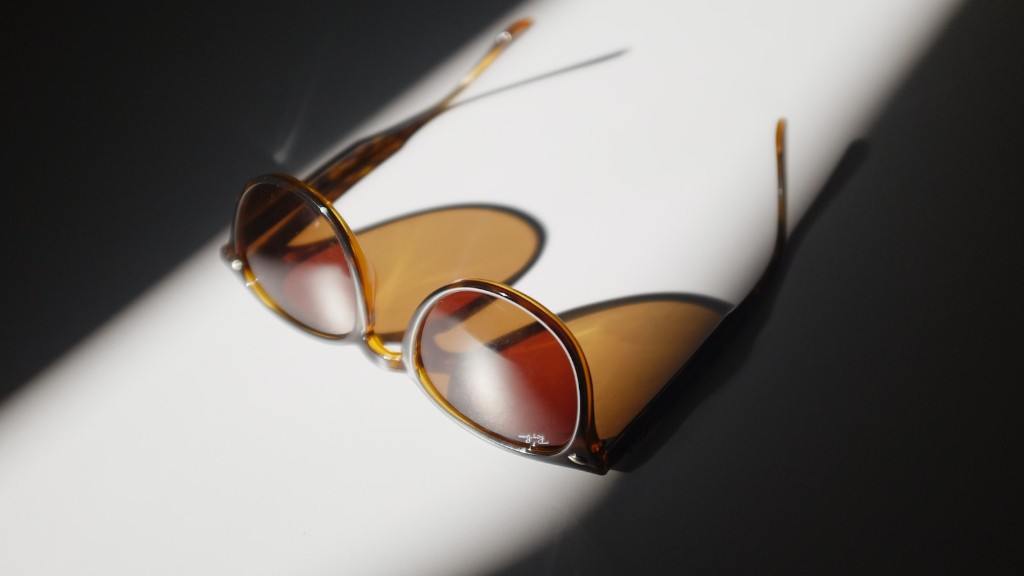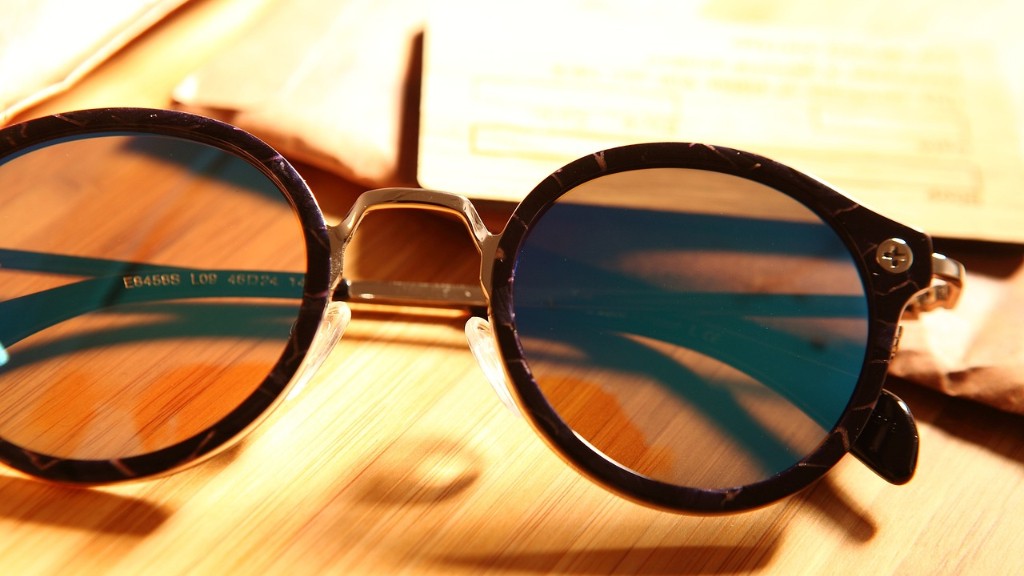When it comes to protecting our eyes from harmful UV rays and reducing glare, polarized sunglasses have become an essential accessory for many individuals. But what exactly do polarized sunglasses do, and how do they work?
Polarized sunglasses are specially designed to minimize the glare caused by light reflecting off flat surfaces such as water, snow, and pavements. Unlike regular sunglasses, which only darken the overall brightness of the environment, polarized lenses directly block the horizontal components of light waves, allowing only the vertical components to pass through.
This unique design helps to reduce eyestrain and fatigue caused by excessive glare. By eliminating the horizontal light waves, polarized sunglasses enhance visual clarity and contrast, making objects appear crisper and colors more vibrant. This can greatly improve the overall visual experience, especially in high-glare situations.
The benefits of polarized sunglasses extend beyond just visual comfort. According to the American Optometric Association, long-term exposure to intense glare can lead to a range of eye problems, including cataracts, macular degeneration, and even temporary blindness. By wearing polarized sunglasses, individuals can significantly reduce their risk of these conditions and maintain good eye health.
Experts recommend polarized sunglasses in specific situations, such as when engaging in outdoor activities like fishing, boating, skiing, and driving. These activities often involve environments with excessive glare, where polarized lenses can make a world of difference. Additionally, individuals who spend long hours outdoors, especially in sunny conditions, can benefit greatly from the protection offered by polarized sunglasses.
One commonly asked question about polarized sunglasses is whether they affect the visibility of LCD screens, such as those found in smartphones and dashboard displays. While polarized lenses can sometimes make LCD screens appear darker or even completely black, most modern LCD screens are designed to be polarized-friendly. Thus, the impact on visibility is typically minimal and does not outweigh the benefits of wearing polarized sunglasses.
The Science Behind Polarized Sunglasses
To understand how polarized sunglasses work, it’s important to explore the science behind them. Polarized lenses are coated with a special chemical film that acts as a filter for light waves. This film contains molecules aligned in a vertical pattern, effectively blocking horizontally-polarized light.
When light hits a flat surface, such as water or a shiny car hood, it becomes partially polarized. This means that the light waves align horizontally, causing intense glare. Regular sunglasses without polarization coatings only reduce the overall brightness of this glare, which can still be uncomfortable and strain the eyes.
Polarized lenses, on the other hand, contain vertically-aligned molecules that absorb the horizontally-polarized light, effectively neutralizing the glare. This allows only the vertically-aligned light waves, which offer better visibility, to pass through to the eyes.
It’s worth noting that not all sunglasses with dark lenses are polarized. While darker lenses do reduce the overall brightness of the environment, they don’t have the same glare-reducing properties as polarized sunglasses. To ensure maximum protection against glare, it is essential to specifically look for sunglasses labeled as “polarized.”
Choosing the Right Polarized Sunglasses
When selecting a pair of polarized sunglasses, there are a few factors to consider to ensure you get the best possible protection and visual experience. Firstly, look for sunglasses that block 100% of UVA and UVB rays. This information is usually indicated on the label or description of the sunglasses.
Next, consider the lens color. Different lens colors provide varying degrees of contrast and visual perception. Gray lenses are a popular choice as they maintain true colors and reduce overall brightness without distorting colors. Brown and amber lenses enhance contrast and are often preferred for outdoor activities like fishing. However, personal preferences may vary, so it’s best to try on different lens colors to find the one that suits you best.
The quality of the sunglasses is another crucial factor to consider. Higher quality sunglasses typically have better polarization coatings and offer sharper and more accurate vision. Cheaper sunglasses may have lower quality coatings that can deteriorate over time, reducing their effectiveness.
It’s also important to note that polarized sunglasses are not suitable for certain situations, such as downhill skiing, where it is important to see icy patches or bumps on the ground, or when looking at LCD screens at certain angles. In such cases, sunglasses with interchangeable lenses may be a better option, allowing you to switch to non-polarized lenses when needed.
Staying Safe and Stylish
Besides their functionality, polarized sunglasses have also become a popular fashion accessory. With a wide range of styles, shapes, and frames available, there is a pair to suit every individual’s taste and personal style. Whether you prefer classic aviators, trendy wayfarers, or sporty wraparounds, there’s no shortage of options to choose from.
When it comes to protecting your eyes from harmful UV rays and reducing glare, polarized sunglasses are a must-have accessory. Not only do they enhance visual comfort and clarity, but they also play a vital role in maintaining good eye health in the long run. So, grab a pair of polarized sunglasses and enjoy the outdoors with clear vision and style!
Clear Vision Underwater
In addition to their benefits above water, polarized sunglasses are also useful for those who enjoy water activities, such as fishing or snorkeling. When light reflects off the water’s surface, it becomes horizontally polarized, creating a dazzling glare that can make it difficult to see what lies beneath. By wearing polarized sunglasses, the glare is significantly reduced, providing a clearer view of the underwater world.
For fishermen, this can be particularly advantageous as it allows them to see beneath the water’s surface, spotting fish and underwater structures more easily. In fact, many professional anglers rely on polarized sunglasses to improve their fishing success. Additionally, for snorkelers and divers, polarized lenses can enhance the vibrant colors and details of marine life, creating a more immersive and enjoyable experience.
However, it’s worth noting that polarized sunglasses may not be suitable for all water conditions. In certain situations, such as when navigating through rough waters or in low light conditions, non-polarized lenses could provide better visibility. As always, it’s essential to consider the specific activities and conditions before choosing the appropriate eyewear.
Polarized Sunglasses for Drivers
Driving in bright sunlight can be both uncomfortable and dangerous. The intense glare reflected off the road, windows, and other vehicles can significantly impair vision, leading to decreased visibility and increased reaction time. This is where polarized sunglasses come to the rescue.
By cutting out the glare caused by bright sunlight, polarized sunglasses can enhance the safety and comfort of driving. The improved visual clarity allows drivers to see the road, traffic signs, and other vehicles more clearly, reducing the risk of accidents. Additionally, wearing polarized sunglasses can prevent eyestrain and fatigue, ensuring that drivers stay alert and focused throughout their journey.
Although polarized sunglasses are highly beneficial for drivers, it’s important to note that not all polarized sunglasses are suitable for driving. Some polarized lenses may interfere with certain types of digital displays found in modern cars, such as GPS screens or heads-up displays. To avoid this issue, drivers should look for sunglasses that are labeled as “driving-friendly” or have an anti-glare coating specifically designed for use with digital displays.
Protection for Snow Enthusiasts
For those who love winter sports like skiing and snowboarding, snow glare can be a major challenge. The sun’s rays reflecting off the bright white snow can be blinding, making it difficult to navigate the slopes with confidence. This is where polarized sunglasses offer significant advantages.
By filtering out the horizontal light waves that cause glare, polarized sunglasses allow snow enthusiasts to enjoy their activities without the discomfort and reduced visibility caused by the intense brightness. These sunglasses also enhance contrast on the snowy slopes, making it easier to distinguish uneven patches, bumps, and changes in terrain.
Choosing the right lens color is especially important for winter activities. While gray lenses offer neutral color perception, ambery or rose-colored lenses can enhance contrast and improve visibility in low-light conditions. It’s always recommended to try different lens colors and choose the one that provides the most clarity and comfort based on personal preferences and the specific snow conditions.





